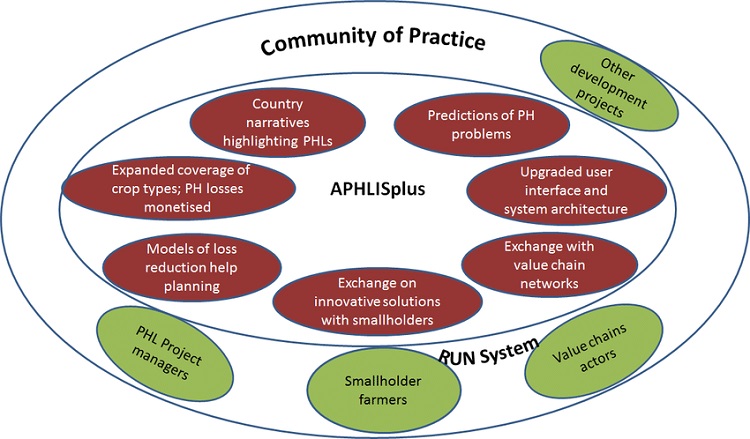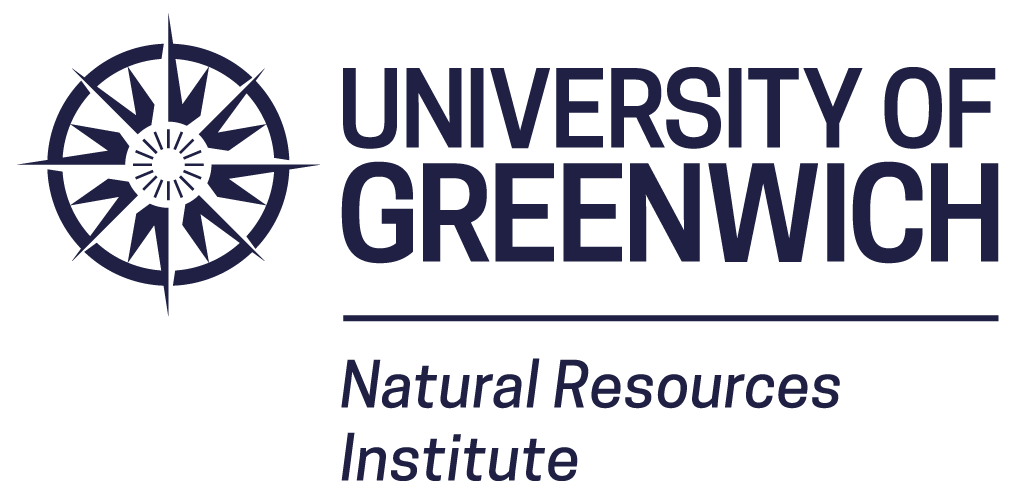NRI has been finding innovative solutions to the global problem of food loss and waste for well over a century. This year saw the first ever International Day of Awareness of Food Loss and Waste, a good opportunity for NRI to share some of its most exciting projects, old and new.
The global Covid-19 pandemic has changed many things, not least the way we view food production and sustainability. Making sure that everyone has enough food to eat is just the start; it’s a multi-faceted problem that requires a multi-faceted approach and in solving one part of the puzzle, NRI is always checking that it is not negatively affecting another part with its actions.
In the second of this series of four short articles for December, NRI’s Dr Tanya Stathers explains why significant quantities of crops grown for food are lost during and after harvest. Dr Stathers joined NRI in 1998, and has spent many years in sub-Saharan Africa where she has focused on postharvest systems and the reduction and understanding of postharvest losses – including their nutritional and financial value – in staple grains and roots and tuber crops.
“Reducing food loss and waste, strengthens food and nutrition security and lowers the environmental impacts of agriculture. The urgent need to reduce postharvest food losses has been recognised by targets to halve them by 2025 in the African Union Member States Malabo Declaration (AU, 2014), and in the UNSDGs as mentioned by Ben Bennett in the previous article on this subject. My work has focused on understanding why, where, and at what scale these losses are occurring and how they can be reduced.
The African Postharvest Losses Information System – APHLIS, was developed in 2009 in response to demands for more accurate understanding of the quantity of staple cereals being lost at the different stages of the value chain in  each sub-Saharan African country and in each province within them. The APHLIS is being expanded, to include science-based loss estimates of other important dietary staple food crops such as cowpeas, beans and groundnuts.
each sub-Saharan African country and in each province within them. The APHLIS is being expanded, to include science-based loss estimates of other important dietary staple food crops such as cowpeas, beans and groundnuts.
This builds on what relevant data already exists in the scientific literature, and adds to it through careful tracking and measurement of what amounts of food are being lost to different causes, at each postharvest stage in typical food systems.
In the past two years NRI colleagues and I have added the financial and nutritional value and impact of losses into APHLIS, providing easy access to the substantial USD cost of these food losses which occur at and after harvest, and how many people’s annual dietary needs could not be met as a result of the loss.
I have recently led an international postharvest team which systematically reviewed and mapped all the existing evidence on the types and efficacy of interventions found to reduce postharvest losses for 22 key food crops in sub-Saharan Africa and South Asia for the Ceres2030 project. This unique evidence synthesis combined with an understanding of what level of losses occur at each postharvest stage will provide decision-makers with data for informed policy formulation and prioritisation of investments in PHL reduction.
Food systems across sub-Saharan Africa and beyond are transforming in response to numerous drivers such as population growth, urbanisation, technology and climate change. These changes also influence the causes and levels of food loss occurring – as explored in an early think-piece on Postharvest agriculture in changing climates: its importance to Africa smallholder farmers.
Building on decades of fieldwork supporting African smallholders in developing and testing effective interventions for reducing losses in the grain they store between harvests – often periods of 6–10 months – my recent work has supported farmers in contrasting agro-ecologies to test storage loss reduction interventions and examined the impact of projected increases in temperature and climate variability on these interventions.”
To find out more about:

